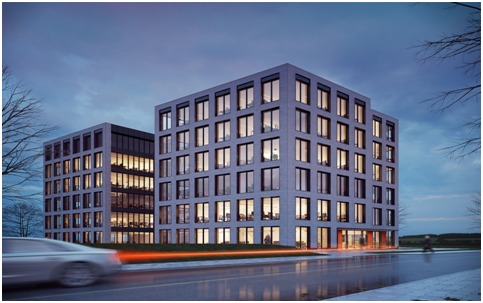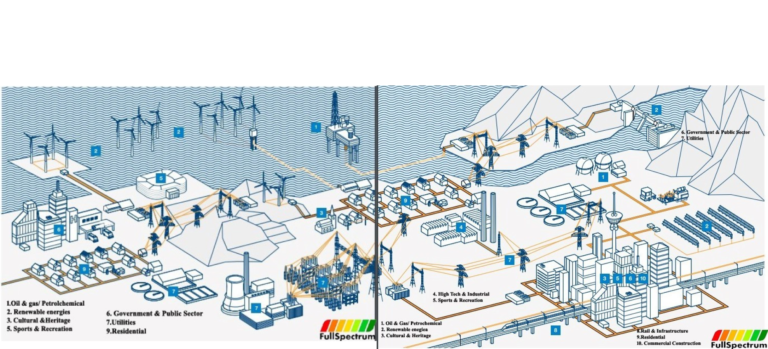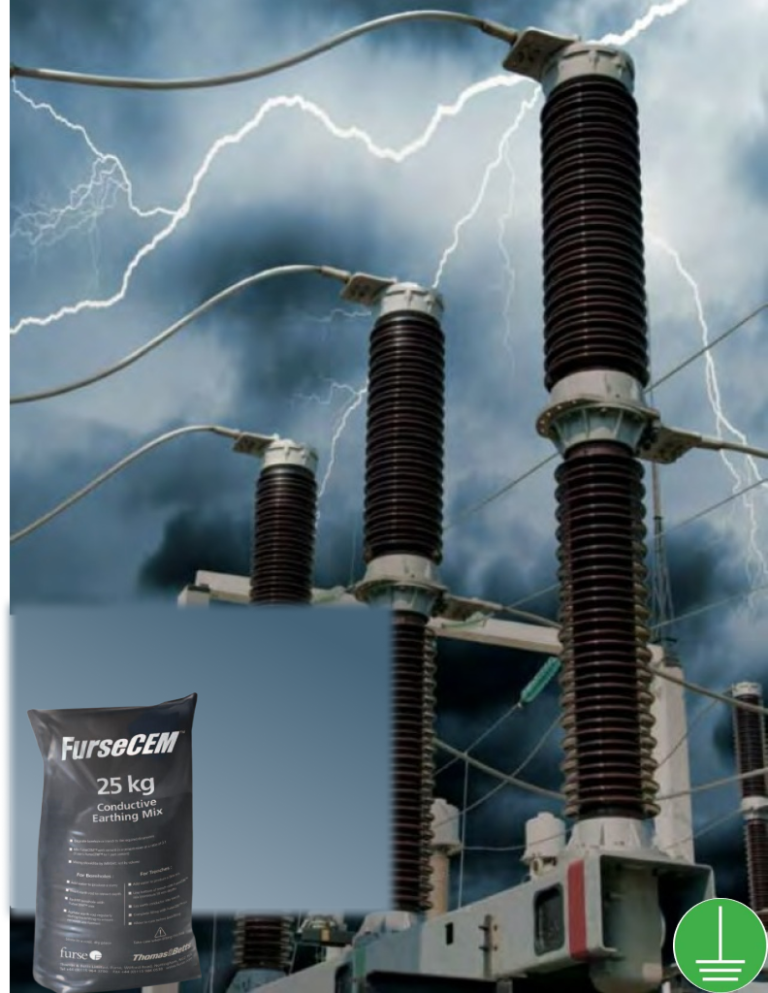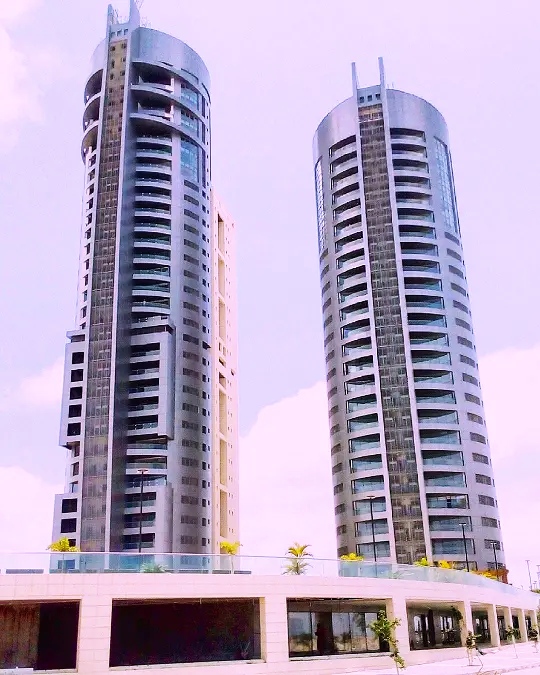Today, we shall be finalizing on lighting systems and lamps, having gone through fundamentals I & II, lamp types and characteristics I & II.
By discussing the typical methods of controlling lighting, steps towards lighting audits and how to calculate savings on lighting to improve bottom line.
LIGHTING CONTROLS
Lighting controls have a major impact on the amount of energy the lighting systems consume. The type of control, how convenient they are to use, where they are located and what they can do. All have a major impact on building energy usage. A summary of the most common types are:

- Switching Control – Lighting circuits can be effectively controlled by having conveniently placed switches installed based on the occupancy patterns of the area. Fixtures can be wired to ensure that each designated area can be controlled.
- Dimmer Switch Control – Dimmer switches are used to control the light output. Solid state dimmers allow adjustment of the light level to meet the requirements of a specific task.
- Photo-electric Switch – This control is designed to turn on or off lights when the ambient light levels reach a predetermined level. These switches are utilized extensively to control outdoor lighting for parking lots, roadways, etc. Also, these switches can be used to control indoor lighting in areas where there is a significant amount of daylight.
- Time Clock – A time clock switches lighting on and off at predetermined times. It is a fully automated system and saves energy because the lights only operate for a selected period of time. The settings on the time clock should be reset periodically as the duration of daytime and night time hours change throughout the year.
- Occupancy Sensor- These are electronic devices that sense when a room is occupied or unoccupied and turn the lights on & off accordingly. They are activated by a variety of parameters, such as movement, heat and sound, depending on the type of sensor. The setting allows the sensors to turn the lights off after a predetermined time of no activity in the area
- Day lighting- This conservation measure utilizes natural lighting in conjunction with artificial room lighting. Sensors modulate the level of the room lights using switching and/or dimmers to maintain the amount of foot-candles desired. The more natural light, the less artificial room lighting.
LIGHTING AUDITS
To perform a lighting audit the following steps should be considered and taken.

- Assess what you have;
- Room Classification- office, warehouse, storage etc.
- Room characteristics- heights, width, length, color and condition of surfaces
- Fixture characteristics – lamp type, number of fixtures, condition of luminaries, methods of control, fixture mounting, height, ballast and lamp wattage.
2. Evaluate lighting levels and lighting quality
- Measure foot-candles using light meter.
- Sketch luminaire types and layout in room or area.
- Check for excessive glare and constract
- Talk to users about lighting levels, controls and quality
3. Estimate Electrical Consumption ;
- Calculate Total Watts (watts/fixture x # of fixtures/1000 = Existing kW)
- Calculate Power Density (kW x 1000 / square foot(m) = watts/square foot(m)
- Compare Existing Power Density to Code of Design Guidelines
- Estimate of Annual Hours of Use.
- Estimate Annual Lighting Energy Cost (Existing kW x annual hours x $/kWh = $/year)
4. Calculate Energy Savings ;
- Determine new total kW after retrofit.
- Determine change in annual operating hours if lighting control are changed.
- Calculate energy savings (kW before – kW after) x hours of operation = kWh
- Calculate energy cost savings (kWh x $/kWh = annual cost savings)
Simple payback =

Lighting $avings Calculations
EXAMPLE 1: A commercial building has a standard fluorescent lighting system compromised of 34 W T-12 lights with ballasts in 4 lamp troffers. It is proposed to install 4-T8 lamps and electronic ballasts in the existing fixture.
Estimate the energy savings in dollars and the simple payback if the system operates 4000 hours per year and has 100 fixtures. The demand charge used in the calculation is $10/kW-mo, and the energy charge is $0.05/kWh. An installed fixture costs $75.
SOLUTION: Calculate the energy and demand saving by this conversion. A standard T-12 4 lamp (34W) troffer consumes 164W and a T8 troffer 106W
Demand savings = 100 fixtures x (164W – 106W)/fixture = 5800W
Energy savings = 5.8kW x 4000 hours/year = 23200 kWh
Cost savings = 5.8kW x $10/kW-month x 12 months/year = $696/year
(Demand) (
Cost savings = 23200kWh/year x $0.05/kWh = $696/year
(Energy)Total savings = $696/year + 1160/year = $1856/year
Simple payback =

EXAMPLE 2: A commercial office building has 500 incandescent exit signs each having two 15 W incandescent exit signs that use LEDs are currently available. These signs use around 2 Watts per sign and cost $40 each. Calculate the simple payback of this retrofit. Energy is $0.05/kWh and the demand charge is $8/kW-mo.
SOLUTION: Exit signs operates throughout the year, or 8760 hours
Demand savings = 500 fixtures x (30W – 2W)/fixture = 14000W
Energy savings = 14kW x 8760 hours/year = 122640 kWh/year
Cost savings = 14kW x $8/kW-month x 12 months/year = $1344/year
(Demand)
Cost savings = 122640kWh/year x $0.05/kWh = $6132/year
(Energy)
Total savings = $1344/year + $6132/year = $7476/year
Simple payback =

Lighting Table
Fluorescent Fixtures
One Lamp Four-Foot Fixtures
| Lamp Type | Ballast type | Lumens/fixture | Watts/fixture |
| 40 W T-12 | Standard | 2770 | 57 |
| 40 W T-12 | Electronic | 2770 | 40 |
| 34 W T-12 | Standard | 2410 | 50 |
| 34 W T-12 | Electronic | 2410 | 34 |
| 32 W T-12 | Standard | 2438 | 42 |
| 32 W T-12 | Electronic | 2438 | 35 |
| 32 W T-8 | Electronic | 2659 | 31 |
Two Lamp Four-Foot Fixtures
| Lamp Type | Ballast type | Lumens/fixture | Watts/fixture |
| 40 W T-12 | Standard | 5440 | 95 |
| 40 W T-12 | Electronic | 5595 | 70 |
| 34 W T-12 | Standard | 4986 | 82 |
| 34 W T-12 | Electronic | 4875 | 70 |
| 32 W T-12 | Standard | 4986 | 78 |
| 32 W T-12 | Electronic | 4986 | 65 |
| 32 W T-8 | Electronic | 5429 | 63 |
Three Lamp Four-Foot Fixtures
| Lamp Type | Ballast type | Lumens/fixture | Watts/fixture |
| 40 W T-12 | Standard | 8310 | 152 |
| 40 W T-12 | Electronic | 8310 | 110 |
| 34 W T-12 | Standard | 7396 | 132 |
| 34 W T-12 | Electronic | 7230 | 94 |
| 32 W T-12 | Standard | 7313 | 120 |
| 32 W T-12 | Electronic | 7210 | 86 |
| 32 W T-8 | Electronic | 7978 | 84 |
*Four Lamp Four-Foot Fixtures
| Lamp Type | Ballast type | Lumens/fixture | Watts/fixture |
| 40 W T-12 | Standard | 10070 | 192 |
| 40 W T-12 | Electronic | 9330 | 142 |
| * 34 W T-12 | Standard | 9970 | 164 |
| 34 W T-12 | Electronic | 9970 | 120 |
| 32 W T-12 | Standard | 9750 | 156 |
| 32 W T-12 | Electronic | 9750 | 115 |
| * 32 W T-8 | Electronic | 10850 | 106 |
*The wattage and lumens per fixture numbers were taken from various lamp catalogues, and should be used for rough estimates only. Always check with a reputable vendor to verify lumens per fixture and wattages.
Contact us


Victor Oyedu, FNSE, FNIEEE, CPQ.
Power Quality and Energy Management Specialist.
Publisher at Afrienergyonline.com &
CEO, FullSpectrum Energy Solutions Limited, Nigeria






